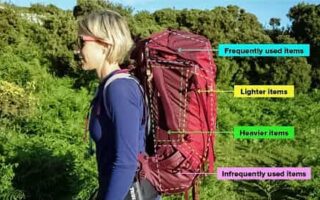A wild child is sleeping inside all of us, wake him up! Because living without a phone, internet, and all the facilities available in daily life is the major challenge for surviving in the wilderness. Living a well-organized life doesn’t mean that you have achieved everything. If you are still interested in such a boring world, you are missing the most important and beautiful part of your life. Hiking is not just an outdoor experience. There are many advantages of hiking. You get to breathe fresh air instead of the polluted air in cities; it’s a good work out, it lowers the risk of heart disease, strengthens your core and also boosts your mood. Here’s a complete guide on hiking for beginners.
Hiking For Beginners: Tips & Tricks to Know Before You Go Hiking
Most of us aren’t interested in Mountain hiking, maybe because of path and pace adjusting difficulties. But apart from that, mountain hiking embodies breathtaking views and fresh air. You have to rely on yourself for this challenge. Your knowledge, choices, and strength matter a lot. It has something to do if you are a regular hiker. If your regular hiking pace is 2-3 mph, expect it to be 0.5-1.5 mph while hiking up a mountain. Everything is possible if planning is perfect! Let’s get you started with hiking for beginner’s guide.
Prepare for Weather

Planning your hike based on the local weather is very important. The simplest trick is to Google search the weather. Keep in mind that the weather is generally colder and windier and can change quickly. In general, hiking above 1000 feet can reduce the temperature even to 5 degrees Fahrenheit. And the trees out there can be so thin as you go above the height of 5000 feet.
The trail can be exposed, and temperature may even drop as the wind gets stronger. The weather up there can be unpredictable as the mountains force the air up. Don’t hike in the mountains during winter unless you carry some experience of hiking in the snow. It is advisable to hike only when the weather is better. The conditions in the mountains are extreme generally around late May.
Pack Essential Supplies
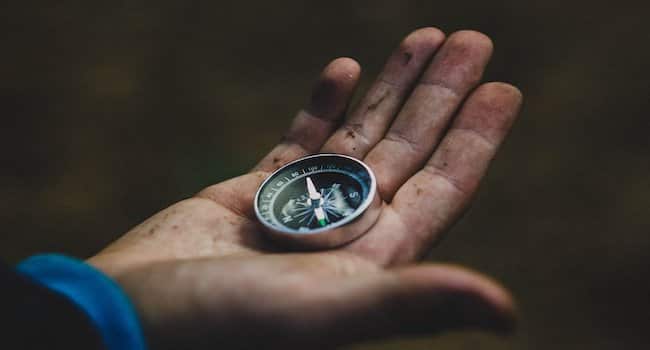
Remember that you are hiking in unfamiliar territory, and you need to be well packed to survive and reach the peak. For day hiking, make sure your bag is about 20-30 liters space and has enough space for a Camelbak water bladder, which has hip straps and chest straps. Whether you print out a map from online or buy one on for your specific trail, it is good to have a paper map in your backpack. Depending upon where you are hiking, many trails may have forks and can split off in different directions. So, it’s advisable to have something to ground yourself.
Even though most of the people don’t consider carrying GPS in the backpack, I would suggest GPS as an essential piece of gear. The backpacking program includes teaching how to practice and improve your navigation skills in the outdoors. So, every hiker and backpacker should be self-sufficient enough to control a GPS. Pack a self-inflating and lightweight mattress pad that will be useful in the overnight hikes. It is imperative to keep your backpack as light as possible. A must-follow step from our Hiking for beginners guide.
Use Hiking Poles
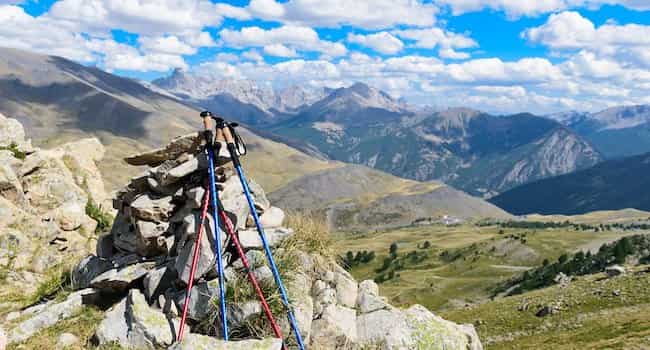
Hiking poles and staffs are essential in mountain hiking as they provide support and stability. These pieces of equipment are adjustable in length and may also comprise a shock-absorbing feature. The stuff may also contain a built-in camera and thus can be used as a monopod. You may need a hiking staff of about 51 inches if you are taller than 6 feet, and if you are shorter than that, you can shorten the adjustable trekking poles up to 39 inches.
Generally, one should hold the poles in such a way that your elbows make an angle of 90 degrees. You can shorten the pole length 5-10 cm for long uphill sections and lengthen the pole 5-10 cm for long downhill sections. The adjustability of the poles generally ranges from 24 inches to 55 inches. Remember to use the wrist straps correctly, which you will learn during the practice sections.
Hiking at Altitudes
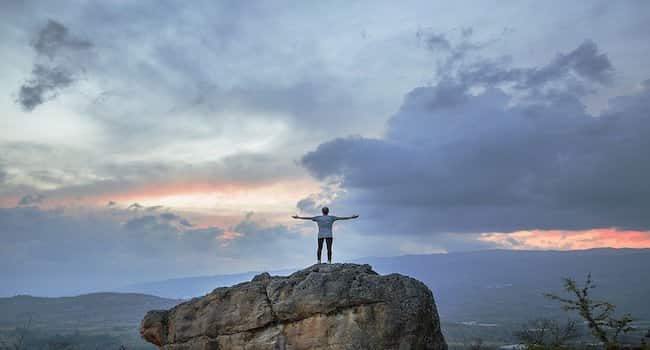
The air gets thinner as we go at higher altitudes, and most of the people can feel the difficulty almost at around 8000 feet. This difficulty is because of the less air filling in the lungs as the altitude increases. By improving your fitness and by spending more time at altitudes, you can cope up with this altitude sickness, and losing weight before planning a hike would help majorly.
One of the major risks with the altitude is the altitude sickness, which is also called the Acute Mountain Sickness (AMS). It can even kill you. Shortness of breath, headache, nausea, and dizziness are the initial symptoms. Ultimately, it leads to vomiting, loss of control and coordination, coma, and at last, death. Do not ever avoid these symptoms and descend as soon as you notice these symptoms. The signs of dehydration are also similar to AMS. At higher altitudes, stay hydrated.
Carry An Ultralight Backpack
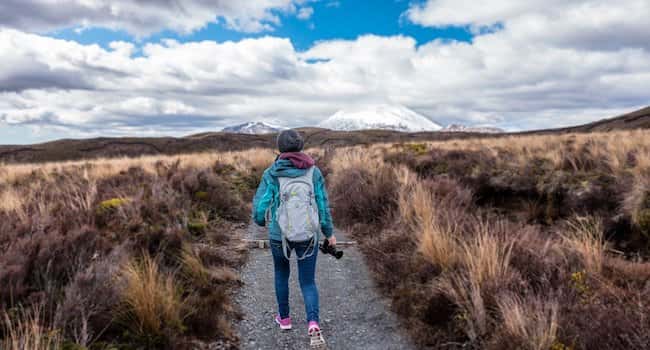
Make an important note that, more the weight you carry, higher is the difficulty to hike. Reduce the weight of your backpack as much as you can. Sleeping bag, tent, pad, and pack are the four most substantial items most of the backpacks contain. The quickest way to lighten your backpack is to replace one or all of these things. You can get an ultralight tent which is around one or two pounds, which is common nowadays. You can get an entire ultralight backpacking gear in not more than Rs. 20,000. A must-have accessory tip from our hiking for beginners guide.
Take what is needed. Extra warmth adds more weight. Instead of a sleeping bag, choose a down trekking quilt. Replace self-inflating pads with air pads, which is much more lighter. Water and food are the next weight gaining things. You need not carry all the water, which is required all along your trail. Before you start the trail, know the locations of streams. Most of the streams during your mountain trail will be as pure as a tear. So you depend on it for water.
Practice Trail Etiquettes
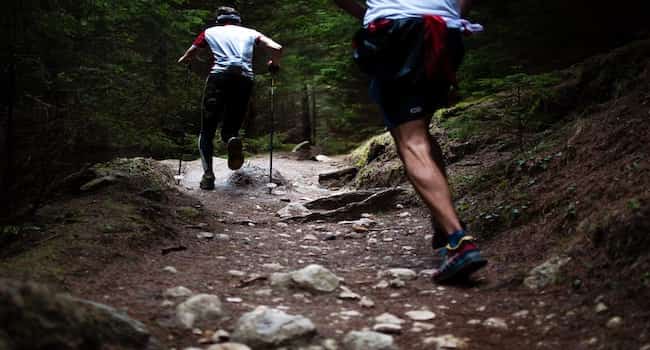
The trail has a hierarchy to be followed: the priority should be given to horses, followed by hikers and then bikers. Step off the trail when being passed by horses. This helps from startling the horses and also keeps you safe even if the horses get spooked. Always stay downhill and stay relaxed. You can also talk to the rider, which would give the horse an impression that you are non-threatening. To get someone’s attention to pass him behind, you can shout out, “On your left.” Remember to stay to the right and move on the left.
Leave Early And Pace Yourself

If you are a beginner, knowing how to pace yourself on the trail is very important. You may use all your energy and waste your effort when you start the trail. But this is no going to help you throughout your hike. This temptation may lead to burning out of more calories within a few miles itself. Soon, you would feel exhausted and will be unable to walk ahead. So you should be careful about your pace. Keeping a steady and continuous pace is very important regardless of the terrain.
Leave early in the day because you won’t miss the breathtaking views all the way ahead. It is also recommended to take a break of up to 5 minutes every hour. It is always better to end up your hike before sundown. In case you want to hike during the dark, carry a headlamp or a flashlight with extra batteries. Another star tip from our Hiking for beginners guide.
“If you can keep a conversation going while you are hiking uphill or over steep terrain, you are at a good pace. “
Emergency Phone
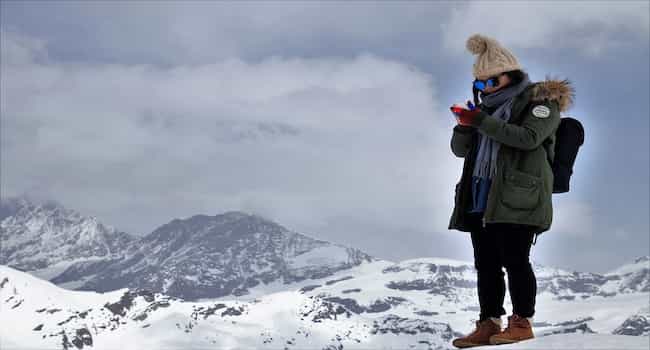
As you can’t rely on mobile phones at high altitudes, it is advisable to carry an emergency phone. Almost all the mountain cabins have emergency phones along the trails. It helps you to contact the mountain rescue teams and the local police. It helps you to ask for help if you are feeling insecure, to indicate an emergency or even delay. Likewise, carry your smartphone too with an extra battery or a power bank. You can leave a notification about you updated through the Mountain Safety app.
Leave No Trace
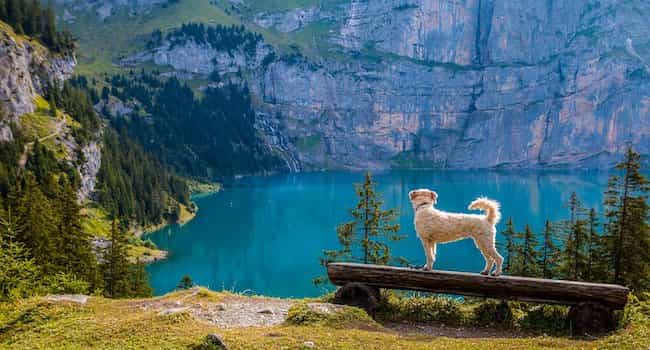
Hiking means to explore nature to the fullest. It’s a chance to know its beauty. So it’s your responsibility to preserve and save it for the rest. Even a banana peel, plastic, or apple cores can ruin the scenery. The most obvious way to clean up the path is to pack out everything that you brought in. Do not let anything ruin our mother nature. A dog is, of course, the best companion while hiking. But if you are unwilling to clean up after your dog, don’t take it along with you. It will ruin the fun. Stay on the trail to avoid cutting across switchbacks on your way up the mountain. This would damage erode trails, fragile plants and might loosen rocks. Nature has its way of expressing and let it be like that and have fun enjoying it as it is.
“Take nothing but photos and leave nothing but footprints”
Getting up to the summit is, of course, the ultimate goal of hiking. It makes you feel like a conqueror. Celebrate the victory as it is one of the rarest experience ever. Step out! Because there is a lot more awaiting in the woods. Enjoy the sounds of nature and the rhythm of your breathing. Nature has a wide variety of things to explore. It is beautiful, fascinating, remarkable, and still wild. Keeping these things in mind would make your bucket list an epic. Enjoy your hike!
Know Before You Go
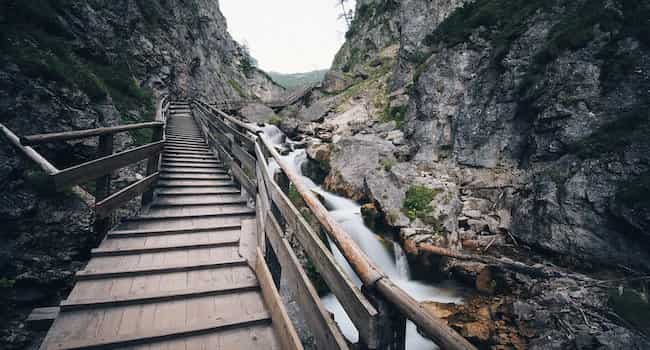
It is strange but a fact that a trail usually begins with the help of a computer. It is vital to have a proper knowledge of the place and the trail that you are planning to hike. Getting in tune with nature isn’t very easy as you think. It is essential to have research about the trail, the mountain, and its climate. Hiking, as you know, is to get into intimate contact with nature and to rely entirely on yourself. So physical fitness is also as necessary as your knowledge. Having a map of your own would help you along the trail. Rethink your plan in case of storms.
Best Hiking Places in The World for Bucket List
Kilimanjaro
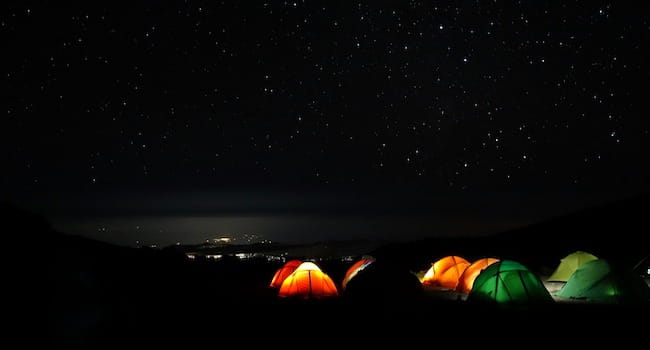
- Hiking for Beginners – Kilimanjaro
- Location: Tanzania, Africa
- Distance: 35 miles
- Time: 7 days
- Specialty: It is Africa’s highest peak with a variety of climbing routes to reach the breathtaking view above the clouds.
- Best time to Hike: January, February, and September
Everest Base Camp Trek
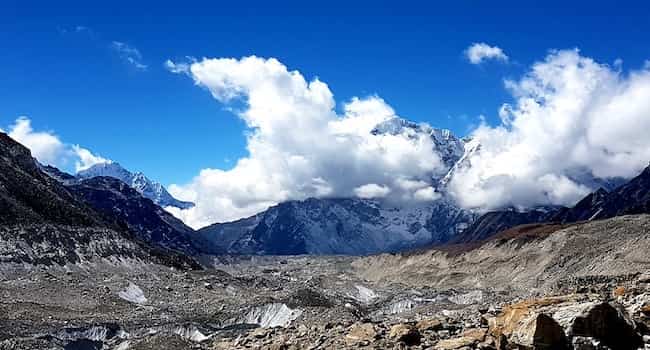
- Location: Nepal
- Distance: 70 miles
- Time: 16 days
- Specialty: You can experience the culture of people who make a home at these elevations. You also get an opportunity to be face to face with the highest point on Earth.
- Best time to Hike: September to November and March to May.
Inca Trail
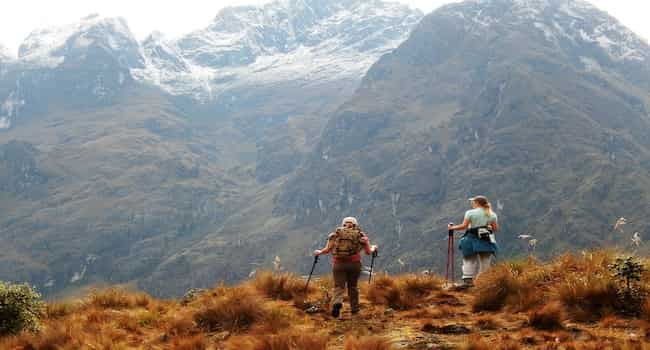
- Location: Peru
- Distance: 26 miles
- Time: 4 days
- Specialty: You get an opportunity to explore the beautiful mountain scenery, ruins, jungles, and the finishing of the hike is at Machu Picchu.
- Best time to Hike: Between May to September
Mountains of The Moon
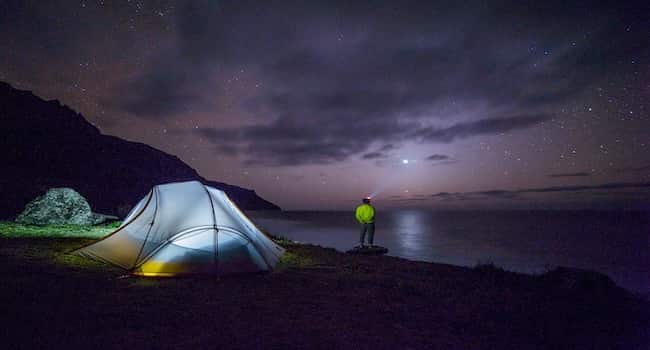
- Location: Ruwenzori Range, Uganda
- Distance: 38 miles
- Time: 7 days
- Specialty: You get a chance to view the high-altitude glaciers and elephants in the same place.
- Best Time to Hike: Between December to March
Snowman Trek
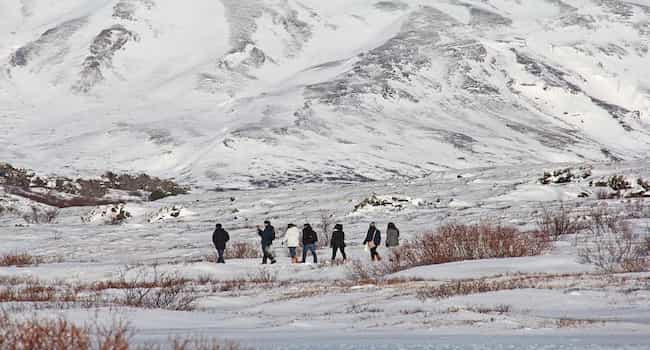
- Location: Bhutan
- Distance: 200 miles
- Time: 25 days
- Specialty: It is the hardest trail on the planet because of unpredictable weather in the high Himalaya.
- Best time to Hike: April to October
